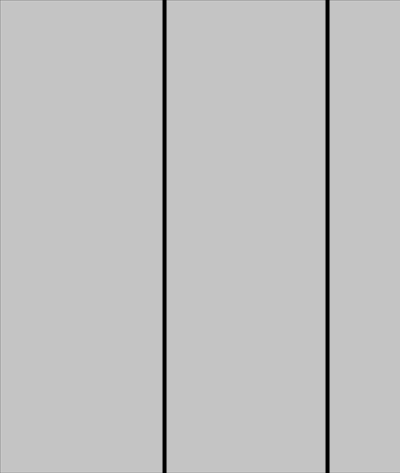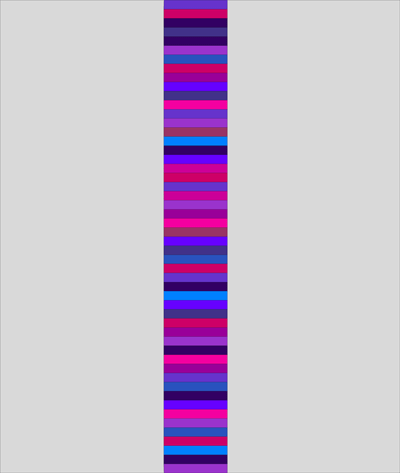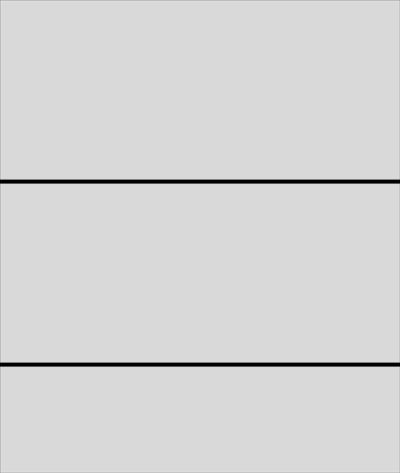This post contains affiliate links for which I receive compensation
Not enough quilt backing fabric...

A reader writes...
I have a quilt top that is 80" wide and 94" long. I have 8 yards of fabric (42" wide).How can I do the back?
Julie replies...
When there's not quite enough backing fabric for the quilt and buying another hunk isn't an option, try using up the other scraps from your quilt blocks and create your own fabric, or......seam your backing panels together horizontally.
Both ideas are outlined below.
Assumptions used for the calculations...
For the purposes of this question, I'm going to assume that:- The usable width of fabic (UWOF)--the width of fabric after taking off the selvedges and any shrinkage from washing (if you're a pre-washer like me)—is 42". If it's not, then replace "42 inches" in all the calculations below with your actual UWOF number.
- You'll quilt this on your own home sewing machine. To determine the minimum size needed, add 4" to each side of your quilt top measurements.
I believe that long arm quilters may require more than 4" extra on each side so that they can load the quilt properly onto the rollers. So if you plan to have it longarmed, replace "4 inches" in the calculations with whatever your longarmer requires. - Seam allowances are 1/2" instead of 1/4". I press them open and use a shorter—1.5mm—stitch length to piece them. For every seam subtract 1".
Note:
Personally, I add even more—usually about 6" to each side. That's for two reasons:
- If the quilt will take a long time to finish, or...
- There'll be a lot of quilting
I use the excess to wrap around to the top to protect the raw edges from the in and out from under the needle.
Determine the size of your backing
Remember, if your UWOF or the amount you add to each side is different, you'll need to make changes to the calculations that follow before cutting your fabric.Adding 4" to both sides:
Add 4" to the top and bottom:
After piecing, the back should measure at least 88" x 102".
Use vertical seams for quilts that hang
Traditionally, backing is pieced with seams that run vertically (top to bottom).Calculate the number of lengths to cut by dividing the minimum required backing width by the UWOF of each backing panel or strip.

With only 288" (8 yards of fabric) this is where the problem lies. Because there is not enough yardage to cut three lengths, I won't take the time to subtract the seam allowances for this example.
For quilts that hang the lengthwise grain running from top to bottom stabilizes the quilt so it doesn't stretch overtime. (This is my preference.)
The width of 2 lengths sewn together is 83" (42" x 2 minus 1" for the seam allowance). What you need is a strip that's...
You could create a piece of fabric that measures 102" long by at least 6" wide—5" for the strip and 1" used in the 1/2" seam allowances on both sides. (You may decide this pieced strip should be wider than 5" finished for either design considerations or because you want more than 4" extra backing on each side.) Piece this strip in between the two 102" lengths from the fabric you already have.
This 'created fabric' could be either leftover blocks or blocks made from extra scraps. Another idea is to just piece random width strips from the remaining fabrics together. You may be able to raid your own stash to find extras if you need to fill in.

In the picture at the top of this page, the strip is pieced about a quarter of the way in from the left edge. Personally, I find this esthetically more pleasing to my eye.
In that example, there's an extra seam allowance in the yardage on the right side. An extra inch for that seam must to be added to the pieced unit's total width.
If this quilt is for a bed...
...you are in luck!The backing can be pieced so that the strips or panels are horizontal. The grainline doesn't matter as much now. The mattress supports most of the quilt's weight. Only short sections of patchwork hang off the sides of the bed.
For a horizontally-seamed back, divide the needed length by the UWOF:

You CAN cut three 88" lengths of fabric from your yardage—YEAH!!! Since there's plenty extra this time, I won't bother subtracting the seam allowances.
You will need to cut it down to size because 3 widths together, you'll have a back that is 124" long (3 x 42" minus 2" for two seams).
Again, if this is a bed quilt, there is no reason not to piece the back with horizontal seams. It saves fabric and money and gets the job done!
I hope this has helped!
Piecefully,
Julie Baird
Editor
Comments for Not enough quilt backing fabric...
|
||
|
||
|
||
|
||















